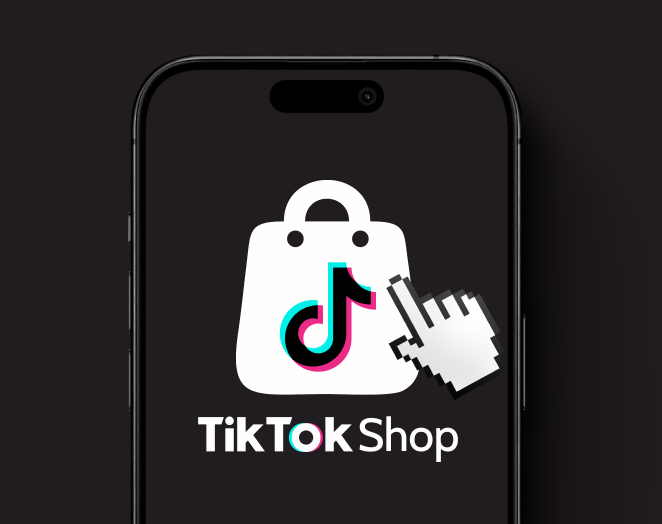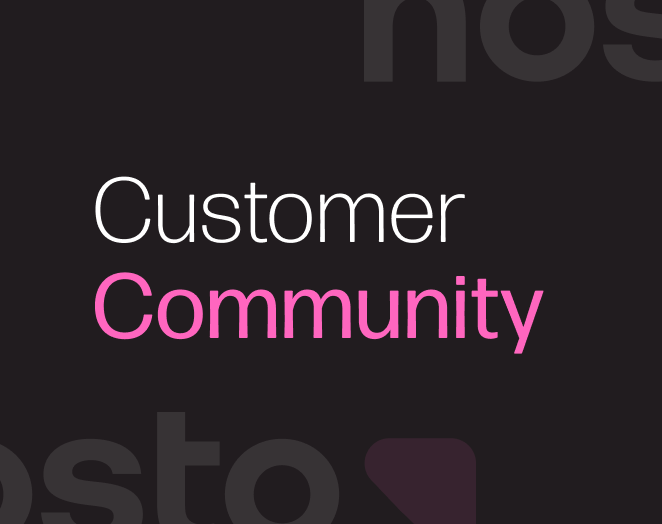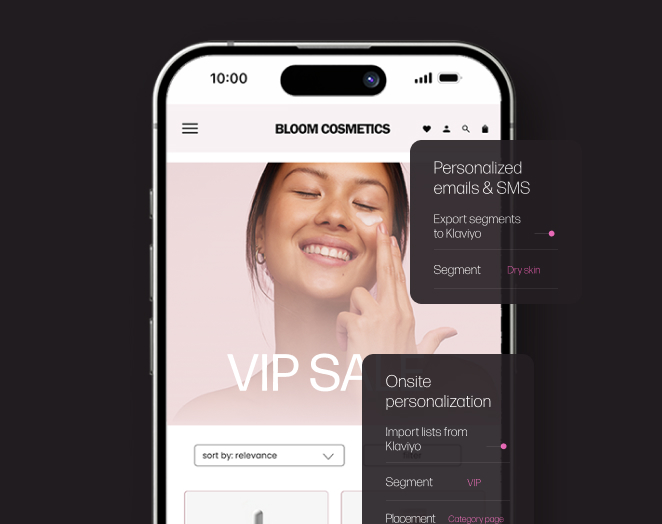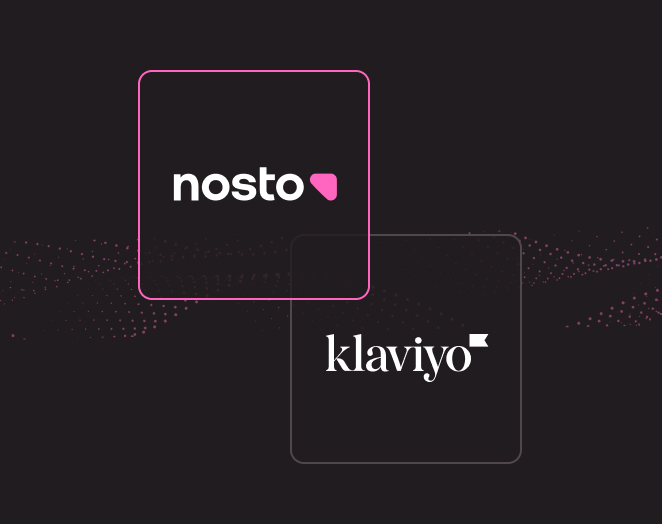In the time of the Coronavirus, look out for each other.
In a time of uncertainty – for your health, your economic situation and how the world is going to look on the other side of the current scenario – it’s common for each of us to become anxious and worrisome. It’s also common for us to look outward and around us to see what others are doing and how they’re handling the situation. This is true in our personal lives and our professional lives.
At Nosto, we’ve been trying to figure out what our point of view on the state of ecommerce in the face of the coronavirus pandemic really is. Like most technology providers in the retail space, we first turned towards data. We thought that maybe if we share what we’re seeing, we can help retailers and brands learn what to expect so they could then figure out how to navigate the new environment they’ve been thrown into.
Data is one of the most powerful tools around that can help us, as human beings, to better understand the world around us – but a lot of suppliers have already begun rolling out data pieces trying to make sense of our “new normal”.
ContentSquare, for example, has been releasing blog posts that are quickly becoming an ongoing series they’re calling Impact of the Coronavirus on eCommerce, which is fluctuating between a roundup of what’s going on across different verticals and deep dives into single verticals such as grocery.
Klaviyo, on the other hand, has started an ongoing survey aimed at engaging the ecommerce community over the next few days and weeks to keep a pulse on what people are seeing happen in the ecommerce space.
Marketing Land posted an article that delves into data from Quantum Metric which flat out states what many in the retail community feel: We can all release and review the data all we want, but the truth is that things are changing rapidly and it’s nearly impossible to predict how things are going to be two weeks – let alone six months – from now.
As we continue to analyze our own data, we assure you we will share anything valuable and unique that we find. That said, instead of adding more data that tells a similar story as all of these already great resources, we’ve decided to create a list of inspirational ideas on how we can all help consumers – and each other – out in this time of heightened panic and fear of instability.
1. Create bundle offers with brands or retailers that sell complementary products.
It’s become quite apparent that different ecommerce verticals have experienced vastly different changes in their customers’ behavior. For example, essentials and home goods have generally seen an uptick in both traffic and sales whereas fashion and sporting goods have seen an overall downward trend in both of these categories.
By partnering with a retailer in a vertical that is suffering from the consequences of the Coronavirus outbreak, brands who are seeing an uptick in sales can expand their reach and drive positive sentiment amongst consumers. An example of this type of partnership could be an online beer retailer (who seem to be seeing an increase in traffic and sales across the board similar to essentials and home goods) partnering with a kitchenware retailer to offer a discount on beer glass sets. The online beer retailer could then use personalized messaging on their checkout page to advertise the deal, which would send shoppers to the kitchenware retailer and give them more incentive to purchase from both. Likewise, the online kitchenware retailer could have a pop-up or banner on their beer glass page that alerts shoppers to the deal, which would drive them to also purchase from the beer retailer.
2. Go local by partnering with regional nonprofits or health organizations.
It’s obvious that not every area is being affected by the outbreak at the same rate or to the same severity. That said, humans typically feel a deeper connection to that which they are most familiar with. Use customer data to deliver localized pop-ups or banners that inform customers you’re partnering with a nonprofit or health organization in their area that is helping fight the outbreak or take care of the community. By showing shoppers you care about their local community and giving them the option to donate with their purchase, you can create an extraordinary amount of value with little effort. Giving consumers a channel to contribute to their community in times of need with little effort can go a long way.
3. Organize category pages to surface the most relevant items for the current climate.
Some online retailers might not fit in one or the other in terms of verticals that are either being positively or negatively impacted by the outbreak. For example, maybe a retailer sells some products that are considered essentials and some that aren’t. By rearranging category pages, either manually or automatically, to surface the goods that shoppers seem to be most focused on, you can make their shopping experience as seamless and stress-free as possible. This is also true for when those essential products are out-of-stock. Maybe you want to push similar items that are in-stock to the top of the page or maybe you want to push the out-of-stock items to the top so people know they’re gone right away.
4. Prioritize inventory filtering in your product recommendations.
In the same vein, you could showcase product recommendations on out-of-stock product detail pages that lead shoppers to in-stock replacement items. This makes maneuvering through stores with unusually chaotic inventory levels less difficult for shoppers and creates an all-around better experience.
5. Pivot with dynamic content that sheds new light on non-essential items.
Consumers’ lives have changed over night. They’re working from home. They aren’t able to go to restaurants or bars. They often haven’t seen their friends in days, or even weeks. Of course everyone is in survival mode, but they are also looking for guidance on how to best navigate this new lifestyle. Creating visuals or messaging that helps shoppers look at products under a new light could be the spark they need to realize maybe they do need that new espresso machine or desk light for their new working from home situation.
6. Discount products to alleviate their financial burden in a time of economic unrest.
By discounting products that are nice-to-haves and not essentials, you can lessen the barrier to purchase by making the products feel more affordable to shoppers when they’re feeling a lot of economic pressure. Simultaneously, you can discount products that complement other products that are in high-demand right now to continue driving sales of these less sought after items. By discounting items that seem to be falling by the wayside, you can ensure sales don’t drop too drastically for you while also helping shoppers to be able to afford products that they otherwise may have had to forgo for the time being.
7. Add service and delivery messaging to banners, carts, and pop-ups.
Add personalized messaging in your pop-ups, banners, and on your cart page that keeps shoppers up-to-date about your current shipping and inventory status. Alerting customers to what is and isn’t available in as timely of a manner as possible is vital to creating frictionless shopping experiences. When things like stock and shipping availability are changing drastically by the hour it’s important to keep shoppers in the know.
8. Keep up with customers by sending relevant offsite communications.
Similar to the above tactic, sending SMS or email communications to existing customers to inform them of your latest status and policies is essential to maintaining loyalty in times like these. People are most likely not going out of their way to check in on the brands they love right now, so reaching out to them can be a great way to portray how much you value them.
9. Lower the barrier to affordability with payments options.
Offer multiple payment options to give shoppers a chance to pay all at once or in multiple payments so that those who don’t know what their financial future is going to look like are able to spend less upfront.
10. Highlight user-generated content to create a sense of community.
Last but not least, include user-generated content into your website and offsite communications to reinforce the sense of community that your loyal customers feel among each other. By implementing user-generated content into your homepage visuals and product recommendations you can help shoppers, who are mostly self-quarantining, to feel a great sense of connection with others who love your brand. Everyone could use some community in times like these and your customers will always remember you bringing them together.
Every week, for the next few weeks, we will be rolling out a brief roundup that highlights the positive strides we as a community are making to offset the growing sense of worry and economic upheaval. Think of it as a small but mighty disruption to your panicked news feeds that shines the spotlight on the good that many people are doing and the ways we can come together to impact the community at large.
And, hey: if you come across a positive initiative within the retail community – big or small – that you feel should be included in this roundup, we want to hear from you! Shoot us an email and we’ll make sure it gets the attention it deserves.




